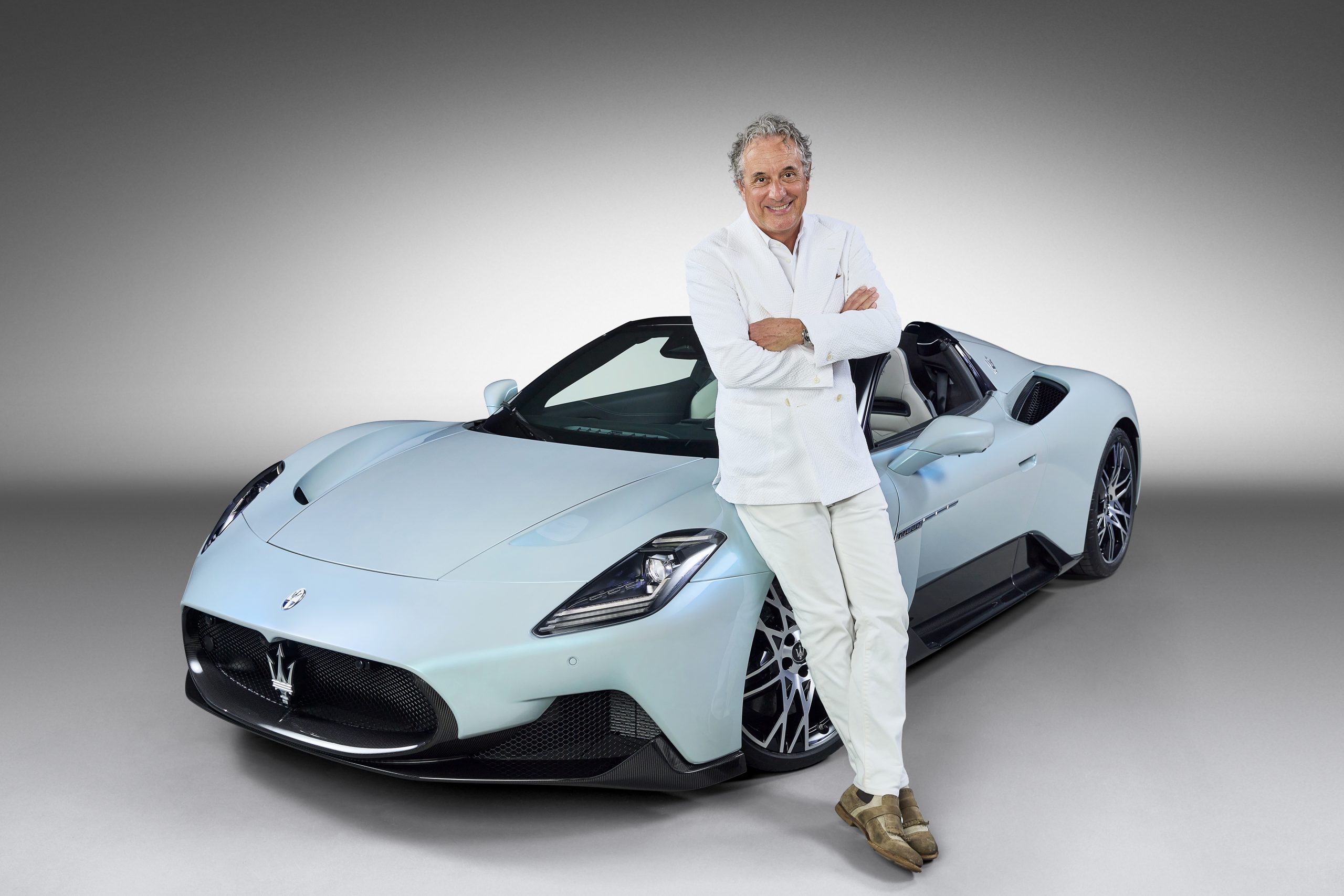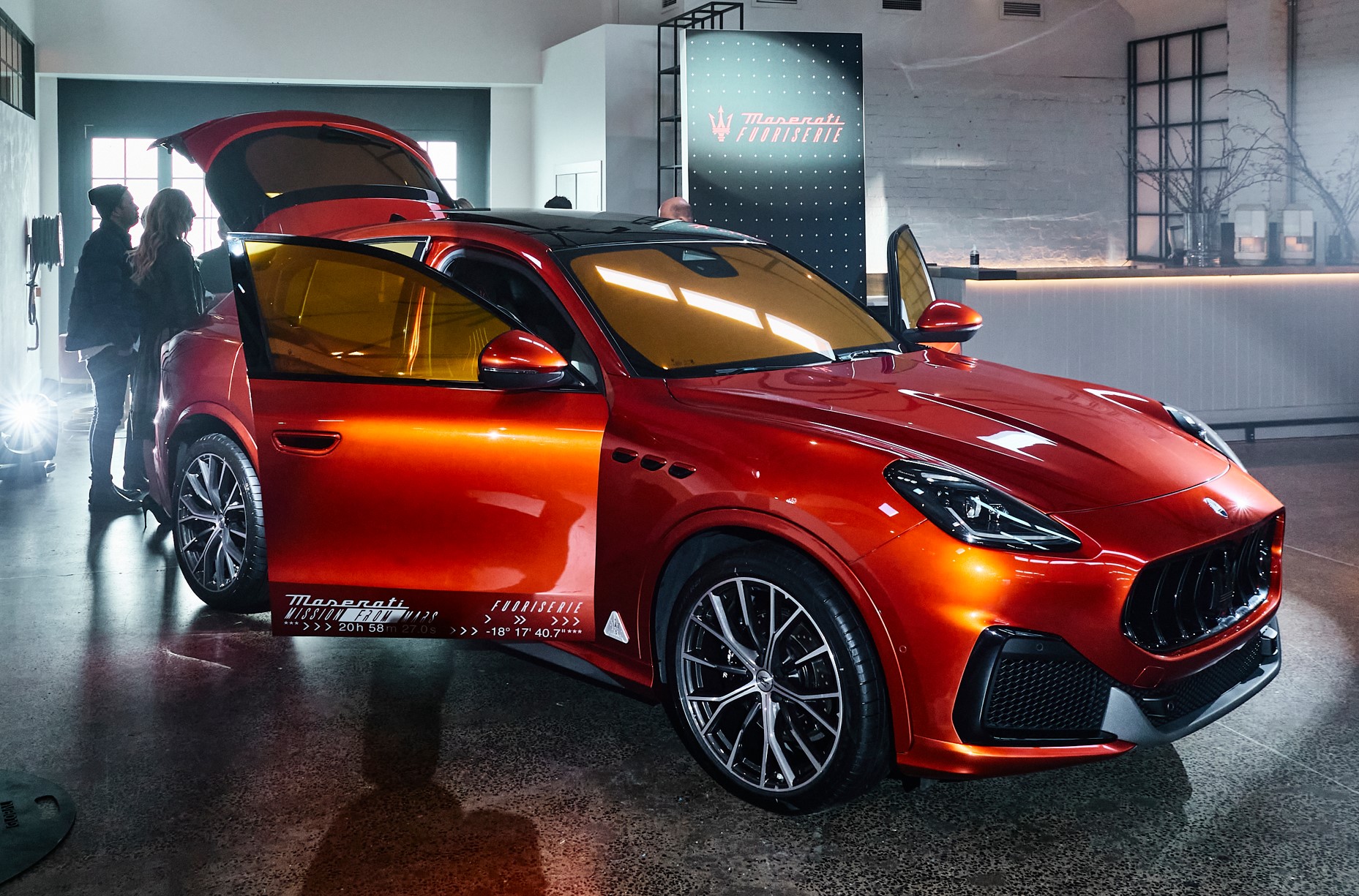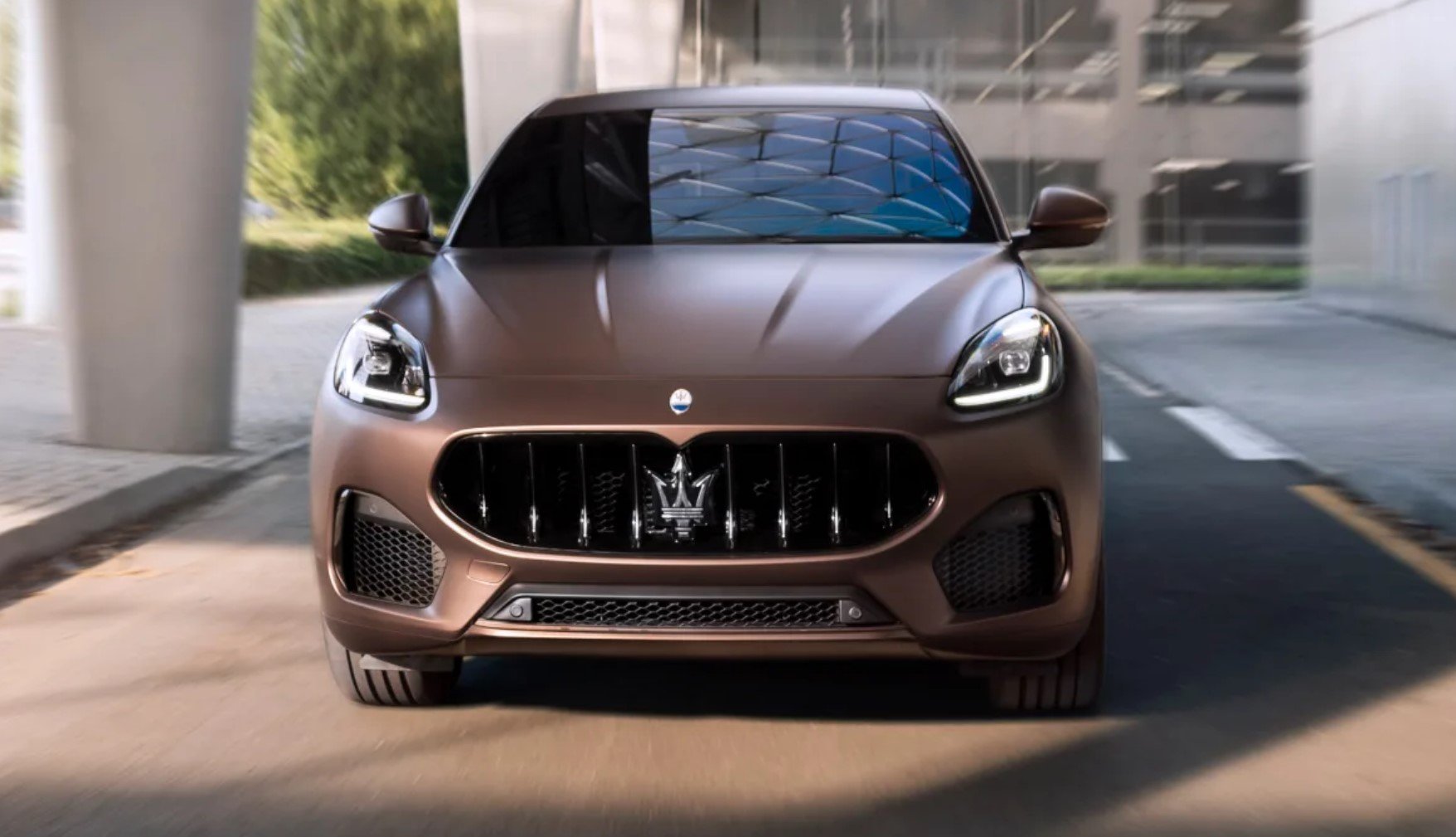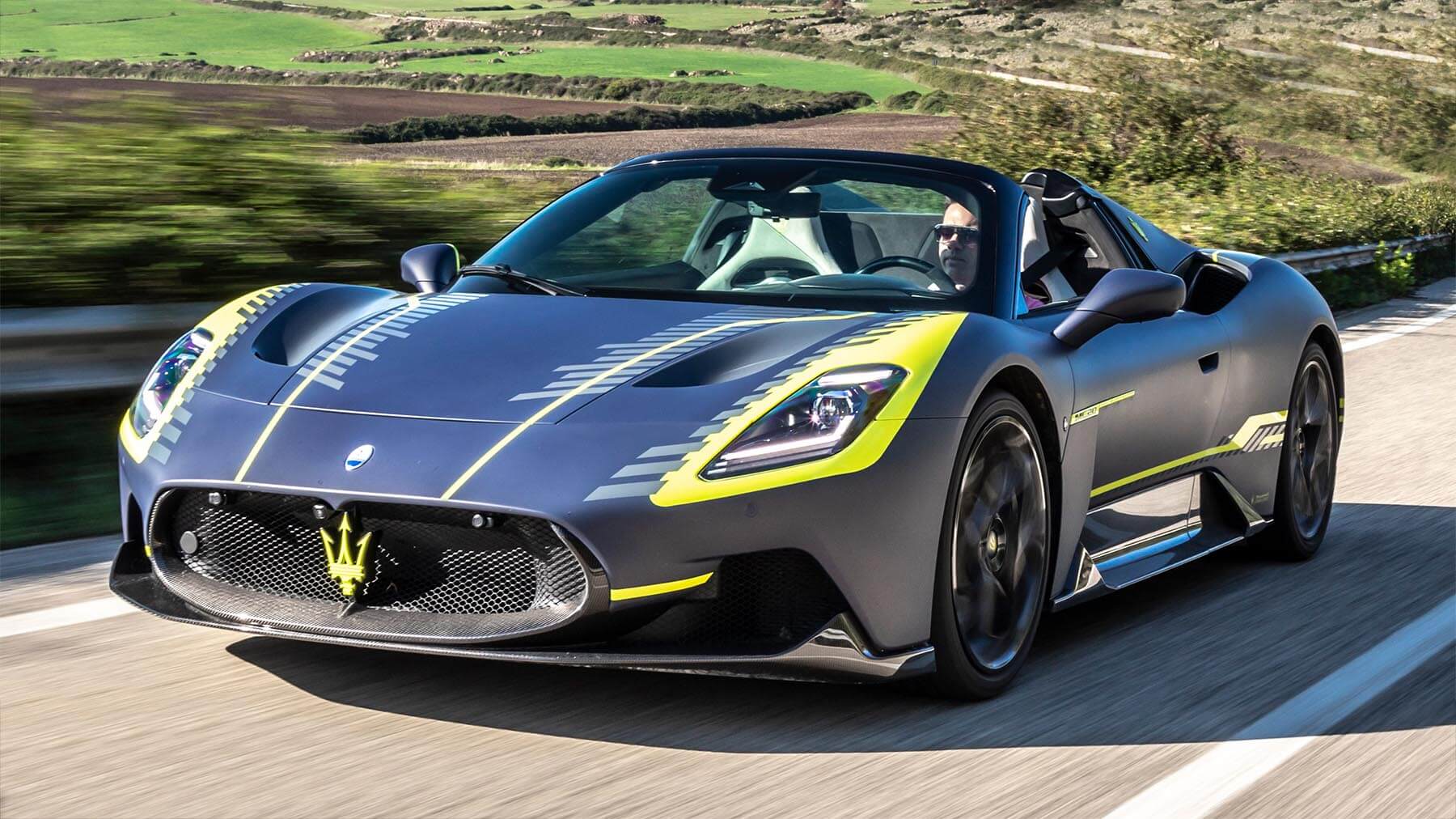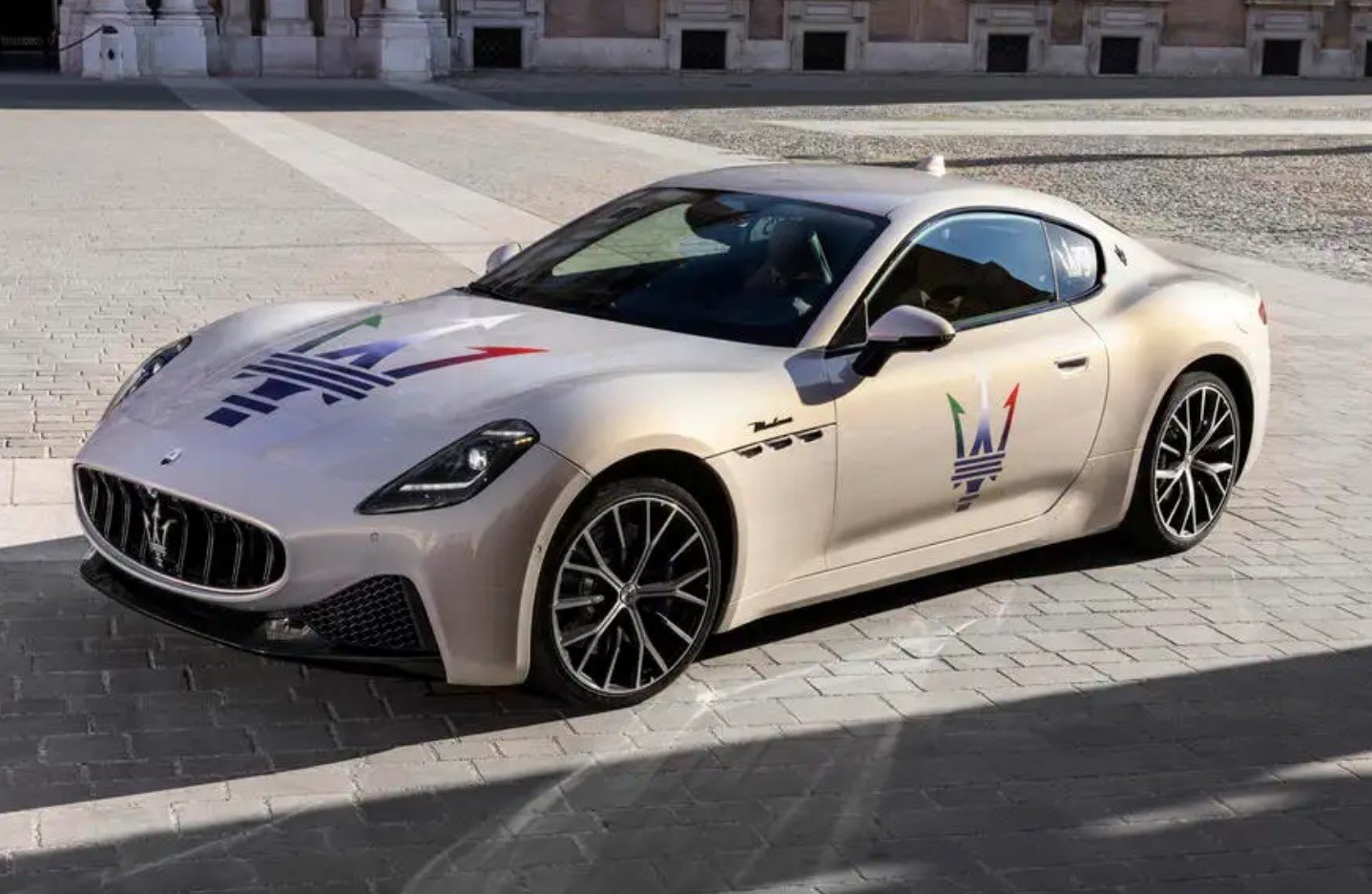Maserati CEO Davide Grasso reveals Maserati’s turnaround plans with a goal of 20 per cent profit margin after dramatic financial bounce-back.
In a rare exclusive interview with Automotive Daily Network partner Autocar, Maserati CEO Davide Grasso has outlined how the Italian car maker has completed a rapid and wide-reaching turnaround programme – going from heavy losses to profitability in less than four years.
Appointed as Maserati CEO in July 2019 and made a Stellantis board member in January 2021, Grasso is responsible for leading Maserati through one of its most transformative eras on record, first launching the MC20 mid-engined super-sports car and since following it up with the new Grecale SUV and Granturismo sports coupe. Prior to joining the Italian firm, he served as CEO of clothing brand Converse, before becoming chief marketing officer of its parent company, Nike.
Speaking as the firm ramps up to its “year of electrification” in 2023, with no fewer than three pure-EVs due in its dealerships, Grasso was hugely optimistic about Maserati’s outlook as part of the 14-brand Stellantis empire, forecasting huge increases in profit margins and a radical shift in brand perception.
“It’s a banal quote,” he said, “but it’s nice to say: Maserati is back to the future.”
Grasso refused to be drawn on specific volume forecasts, suggesting such predictions clash with his company’s luxury aspirations: “We have banned, internally and externally, the notion of volume, simply because it orients the company and the brand on something which is very internally driven and very manufacturing-capacity driven. If you go down that path as a luxury brand, then you can incur some fatal mistakes.”
He acknowledged that Maserati “has to plan manufacturing capabilities” but was more vocal about plans for a substantial increase in profit per car to establish the brand as an industry benchmark for profitability.
“Our margins our expanding, and will keep expanding. Our goal is to have benchmark margins in the industry. In our view, there is no reason Maserati should be second to anyone in the industry, in terms of margin.
“Margin is an appreciation that the customer gives. It is a rough measure of the position the customer gives to the validity and the strength of the brand and the product that you promote.
“Our goal, in the next 18 months, is to go to 15% adjusted operating margin income and then move north of that. We have our goals set on an ideal level of 20%.”
A clearer picture of Maserati’s current profit margins will be given in Stellantis’s full-year earnings report in January, but having returned to profitability in 2021 and closed the year at “between 5.5% and 6%”, Maserati has since pushed margins past the 6% mark and is on the way to achieving “double digits very, very soon”.
A key tenet of this profit-hunting push will be an expansion of Maserati’s Fuoriserie programme for bespoke car configuration, which will start to serve – like Bentley’s Mulliner and Lamborghini’s Ad Personam – as an integral part of its car-selling process, offering buyers new levels of personalisation (such as custom paint and graphic combinations, as below) across the line-up.
“The core of that move lies in the fact that it’s all about the customer. The modern luxury customer is willing to pay more to have personalised objects, if you will, that distinguish him or herself from the rest,” Grasso said. “Sometimes the personalisation is a matter of comfort, sometimes it’s a matter of aesthetics, sometimes performance, sometimes it’s all the above…
“We are building the capabilities, and we will deliver those with some remarkable results.”
Grasso acknowledged that being part of the Stellantis group affords security in a turbulent time for the industry, while providing scope for a drastic acceleration of its development programmes. Referring to the worldwide semiconductor shortage specifically, he said: “If we were Maserati, just by ourselves, probably we would still have to concede some chips. Now, being part of a large group with 13 other brands has allowed us to actually participate in the pool of chips that was provided to Stellantis.”
Nonetheless, Maserati was not immune from the crisis, delaying the launch of the crucial Grecale by five to six months over concerns about quality as a result of the parts shortage.
But plans are on track to launch the Grecale, Granturismo and Grancabrio – in combustion and EV guises – over the course of the year, and access to important hardware and resources from across the Stellantis portfolio will allow the brand to accelerate its roadmap as it gears up to go electric-only from 2025.
Felix Page




